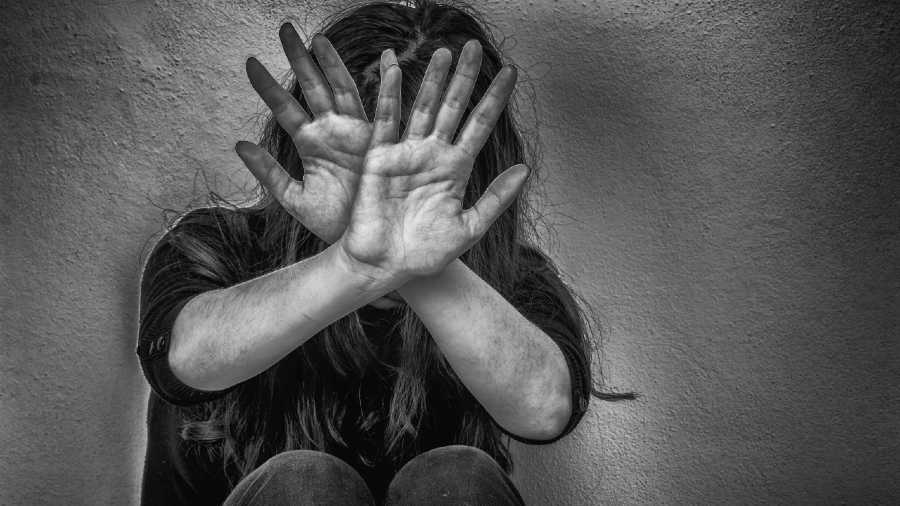Streetlights are cloaked in foliage. Railway tracks turn into gambling and drinking dens after dark. Access to police is a major challenge.
A recent survey conducted by a city NGO focused on neighbourhood issues that made women feel unsafe.
The findings of the survey were shared at a programme on Wednesday. The issues usually do not figure in formal government reports, such as that of the National Crime Records Bureau. But it affects women on a daily basis.
The study, dubbed a safety audit, was conducted in five wards of the Kolkata Municipal Corporation — 117, (Mahabirtala in Behala), 91 (near Ballygunge station), 109 (Shahid Smriti Colony, off EM Bypass, in Panchasayar), 67 (Swinhoe Lane near Kasba) and 108 (China Mandir in Anandapur).
The areas are made up of colonies and slums and were described as “marginalised working-class hamlets” by the people involved in the study. Close to 100 women were part of the survey.
“The study was aimed at gauging the scale of harassment inside and outside the home. We hope the findings help in building a safer infrastructure for women,” said Kakuli Deb of Parichiti, a unit of the Delhi-based Centre for Health and Social Justice.
Parichiti, which works to empower marginalised women in and around Kolkata, conducted the study. Some of the findings
• In Shahid Smriti Colony, most of the street lights near a park are covered by trees, making the area dark. Many local women said they avoided the area after sundown.
• Almost all the pockets surveyed had men assembling on the banks of ponds and near railway tracks — wherever there is a rail route — in the night. The areas then turn into drinking and gambling dens. The respondents said they were scared to pass by such areas.
• Barring Shahid Smriti Colony, no other area had any police booth or outpost. Filing a police complaint was very difficult, said women from all the areas surveyed.
• In Mahabirtala, several community toilets have broken doors. Men often peep through holes in the walls of some toilets. The toilets in Swinhoe Lane have a similar problem. Men and women often share the same toilet and many women said they were not comfortable using the toilets, especially during periods.
• Women from all pockets said they faced harassment in the form of flashing and catcalls. Domestic violence, as a result of alcohol and substance abuse, was reported from at least two pockets.
While the safety audit focused on neighbourhood problems, another study, conducted by the same NGO, dwelled on the various forms of harassment faced by women across 17 urban communities, including the five mentioned earlier.
The areas span slums and colonies in Golf Green, Jodhpur Park and Nonadanga, among others. This covered over 219 women.
Close to 34 per cent of the women said they faced verbal abuse and some 35 per cent said they faced physical abuse. Close to 58 per cent of the cases of physical abuse was attributed to alcohol consumption.
The researchers’ recommendations included sufficient street lights in working condition, hygienic and private toilets for women, sensitisation of cops and closure of illicit liquor-making units.
“The community men’s groups should campaign against the increasing rate of domestic violence cases on women,” the study recommended.
